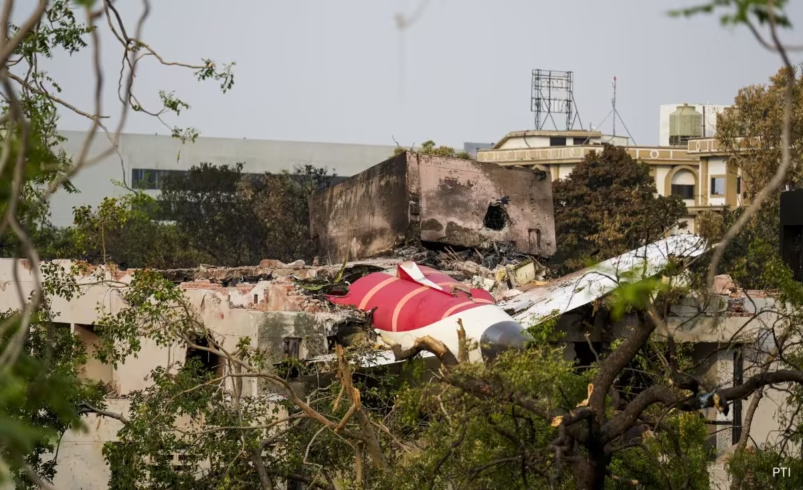Preliminary Report on Air India Crash Submitted, Public Release Imminent
- July 8, 2025
- 0

The Aircraft Accident Investigation Bureau (AAIB) has submitted its preliminary report on the Air India 171 crash to the Ministry of Civil Aviation and other relevant authorities. This report, as reported by news agency ANI citing top government officials, is based on the initial assessment and findings from the early phase of the investigation. The public release of this report is expected later this week, providing crucial insights into the cause of the tragic incident.
On June 12, an Air India flight bound for London from Ahmedabad’s Sardar Vallabhbhai Patel Airport crashed just 32 seconds after takeoff. The crash resulted in the deaths of all 241 people on board, including 10 cabin crew members and two pilots. Among the victims was former Gujarat Chief Minister Vijay Rupani. Remarkably, only one passenger, seated in 11A, survived the disaster.
In the aftermath of the crash, investigators recovered the aircraft’s black boxes—the cockpit voice recorder (CVR) and flight data recorder (FDR). The CVR was found on a building rooftop at the crash site on June 13, while the FDR was retrieved from the debris on June 16. These devices are critical for understanding what transpired during those final moments before the crash.
A week following the incident, Air India training pilots conducted simulations in Mumbai to recreate potential scenarios that could have led to the accident. These simulations focused on electrical failures that might cause a dual-engine flame-out, preventing the aircraft from climbing post-takeoff. Despite their efforts, these simulations did not yield conclusive results.
The investigation also involves analyzing data from the black boxes and examining fuel switch positions to determine if any engines were inadvertently turned off during a critical phase of flight. Investigators are exploring whether a dual-engine failure could have been a factor in the crash. Notably, Air India’s Boeing 787 pilots are not trained to handle dual-engine failures at altitudes below 400 feet, as was the case with AI-171.